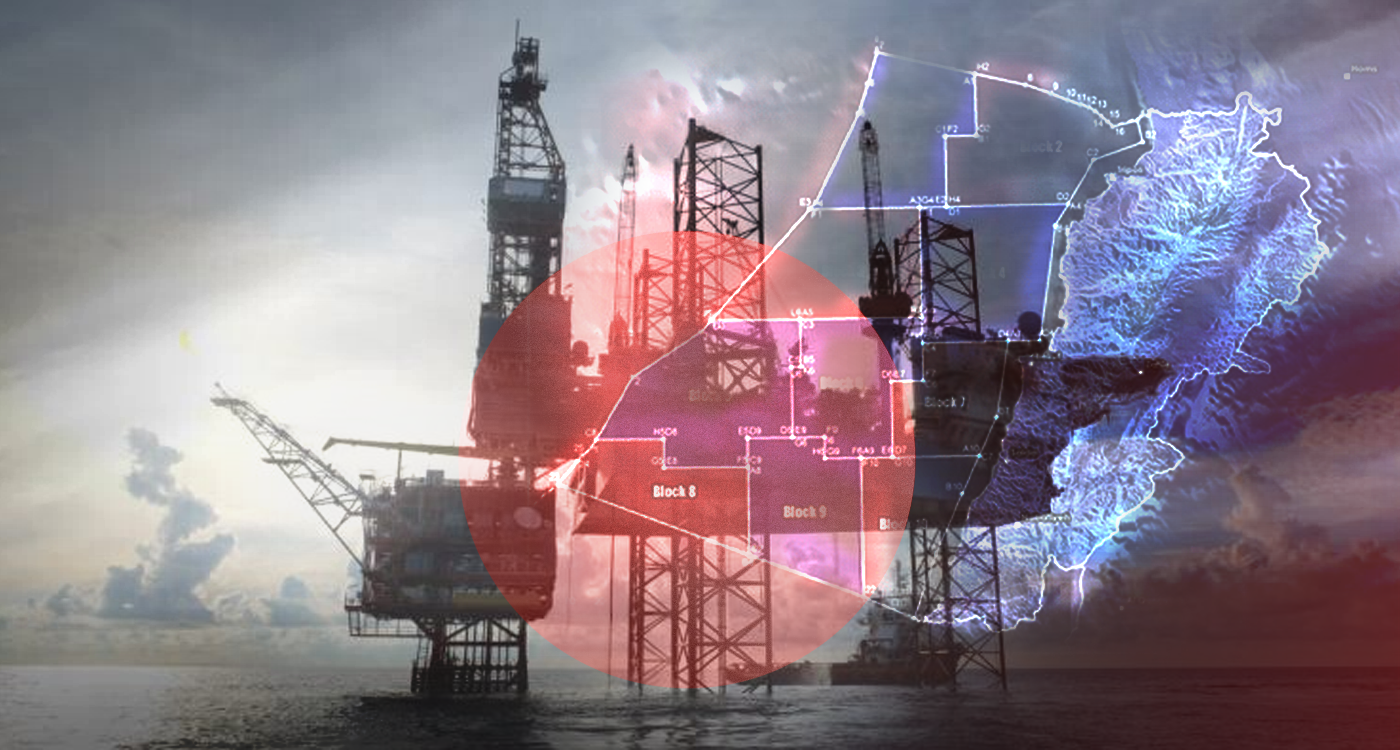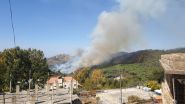
On Thursday at the Baabda Presidential Palace, Lebanon’s Council of Ministers took two decisive steps in the country’s energy policy by approving the oil exploration agreement for Block 8 and ratifying the maritime border with Cyprus. These decisions reflect the government’s determination to revive a strategic sector long stalled by political uncertainty and border disputes. By green-lighting exploration in Block 8, the Cabinet aims to turn a long-delayed project into reality and send a strong signal of confidence to foreign investors.
Block 8: Lebanon’s Energy Promise Under Close Watch
Block 8 occupies a strategic position in Lebanon’s exclusive economic zone (EEZ). Covering 1,400 square kilometers offshore, it has represented a core component of Lebanon’s gas ambitions since the 2022 maritime border agreement with Israel, which resolved the last sovereignty disputes in the south.
Under the supervision of the Ministry of Energy and the Lebanese Petroleum Administration (LPA), UK-based Geoex MCG and Egypt’s Brightskies Geoscience launched a three-dimensional (3D) seismic survey to map subsea structures. The $10–15 million operation aims to reduce geological risk and attract new international consortia as part of the third licensing round, launched in 2025 and including Blocks 1, 5, 8 and 10.
Preliminary results submitted at the end of 2024 indicate geological formations similar to those in Block 9, raising hopes for exploitable gas reserves, although no exploratory drilling has yet been authorized. These findings now constitute Lebanon’s main commercial asset in its search for investors.
This clarification comes after a major commercial setback. In early 2024, the TotalEnergies-Eni-QatarEnergy consortium declined to sign exploration contracts for Blocks 8 and 10, citing rigid and non-competitive terms. Their withdrawal highlighted a persistent reality: the main obstacle to exploiting Lebanon’s offshore resources is institutional rather than geological.
To date, despite promising seismic indicators, no commercially viable deposits have been discovered in Lebanese waters. Block 8 has become a key test of credibility for Lebanon’s energy strategy and its ability to convert geological potential into real economic opportunity.
A Decade of Border Disputes
The revival of Lebanon’s offshore energy agenda follows a long and complex trajectory. According to the Foundation for Strategic Research (FRS), Lebanon has spent more than a decade trying to correct past mistakes: “Caught in a border dispute, Lebanon and Israel were long unable to agree on the delimitation of their maritime boundaries.”
Technical flaws in the 2007 Lebanon-Cyprus agreement, corrected by Decree 6433 in 2011, had shifted the border to Point 23, granting Lebanon an additional 860 square kilometers. However, subsequent agreements between Israel and Cyprus, based on Point 1, reinforced a contested overlap that remains unresolved.
The 2022 agreement with Israel, brokered under US mediation, partially clarified these ambiguities. In 2025, Lebanon’s ratification of the maritime agreement with Cyprus further advanced the process, finally defining the northern limits of its EEZ.
Lebanon continues to uphold Point 7 as its reference line, which is more favorable than Point 6 recognized by Nicosia and is crucial for future negotiations with Syria, where a dispute over roughly 750 square kilometers remains active.
The broader international context adds strategic weight to the issue. With Europe seeking new gas partners and major energy companies shifting focus toward politically stable regions, Lebanon can no longer afford internal gridlock.





Comments